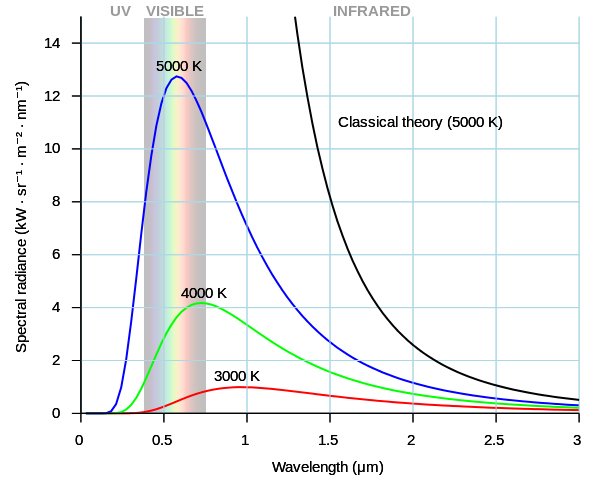Color charge is a concept that resides at the intersection of quantum mechanics and particle physics, specifically within the framework of quantum chromodynamics (QCD). As one delves deeper into the subatomic realm, the intricate behaviors of elementary particles reveal astonishing phenomena that both mystify and intrigue physicists. In essence, color charge is an essential characteristic of quarks and gluons, the fundamental constituents of protons and neutrons, which together fabricate the atomic nucleus.
The genesis of the term “color” in this context is purely metaphorical; it bears no relation to visual perception. Instead, color charge refers to the strong interaction force that binds quarks together, analogous to how electric charge governs electromagnetic interactions. The notion of color charge originated from the need to explain the dynamics of quarks and gluons within a robust theoretical framework. The successful integration of color charge into the Standard Model of particle physics elucidates the forces that dictate the behavior of subatomic particles, acting as a keystone in our understanding of matter.
At the heart of the strong force is the color charge, which comes in three “colors”: red, green, and blue. Every quark possesses one of these color charges, while gluons — the mediators of the strong force — carry a combination of color charges. Notably, gluons themselves can interact with one another due to their color charge, a feature that differentiates the strong force from the electromagnetic and gravitational interactions. The concept of color charge and the interactions it engenders lead to a kaleidoscopic tapestry of complex behavior — a phenomenon that can be studied through the lens of QCD.
One of the pivotal aspects of color charge is the principle of confinement, which states that quarks cannot exist independently; they are perpetually bound within larger particles called hadrons. As quarks come together to form protons, neutrons, and other baryons, they must combine in such a way that they manifest a net color charge of “white,” which represents the absence of any net color. This is crucial in maintaining the stability of atomic structures, as free quarks would lead to unregulated interactions that could fundamentally alter the characteristics of matter.
This dynamic introduces the phenomenon of asymptotic freedom, a counterintuitive property wherein quarks exhibit weaker interactions as they approach one another at high energies. Conversely, as quarks move apart, their interactions intensify. This behavior is a stark contrast to electromagnetic interactions, where particles experience a diminishing force with distance. The behavior of quarks under the influence of color charge has intrigued physicists for decades, sparking extensive research into the underlying principles of QCD.
The exploration of color charge is crucial for understanding fundamental processes in the universe. For instance, during the early moments of the Big Bang, conditions were ripe for quarks and gluons to exist in a free state, known as the quark-gluon plasma. This extraordinary state of matter is of immense interest to scientists, as it offers a glimpse into the conditions of the universe when it was just milliseconds old. By recreating such conditions in high-energy particle colliders, researchers aim to unlock the secrets of the strong force and the mechanisms governing color charge.
The synthesis of quarks and antiquarks, mediated by gluons, gives rise to a phenomenon known as hadronization. Under the right conditions, the interactions dictated by color charge lead to the formation of hadrons, such as mesons and baryons, from a high-energy system of quarks and gluons. This process is replete with complexity, as it includes a myriad of scattering processes and decay pathways, each influenced by the peculiarities of color charge and the dynamics of the strong force.
The implications of color charge extend beyond understanding matter; they also permeate the fabric of theoretical physics. For example, the gauge theory underpinning QCD establishes crucial connections with other areas of study, including string theory and supersymmetry. These intersections foster a deeper understanding of the fundamental forces that shape our universe and inspire further inquiry into the multi-dimensional nature of reality.
Moreover, experimental validations of color charge principles have far-reaching consequences. Observational campaigns utilizing particle accelerators — such as the Large Hadron Collider — continue to provide empirical data that challenge and refine existing models. High-energy collisions allow scientists to probe the interactions dictated by color charge, offering insights into the fundamental forces that govern matter and unraveling the underlying framework of the Standard Model.
In summary, color charge is a pivotal aspect of quantum mechanics, primarily associated with the strong interactions that bind quarks and gluons. It allows a nuanced comprehension of the behavior of fundamental particles and underpins the theoretical constructs of modern physics. Recognizing the role of color charge instills an appreciation for the complexities woven into the very fabric of matter, making it an enthralling subject for physicists and scholars alike. As research progresses and experimentation continues, the intricacies of color charge may yet reveal deeper, more profound truths about the universe and the myriad forces that govern it.












